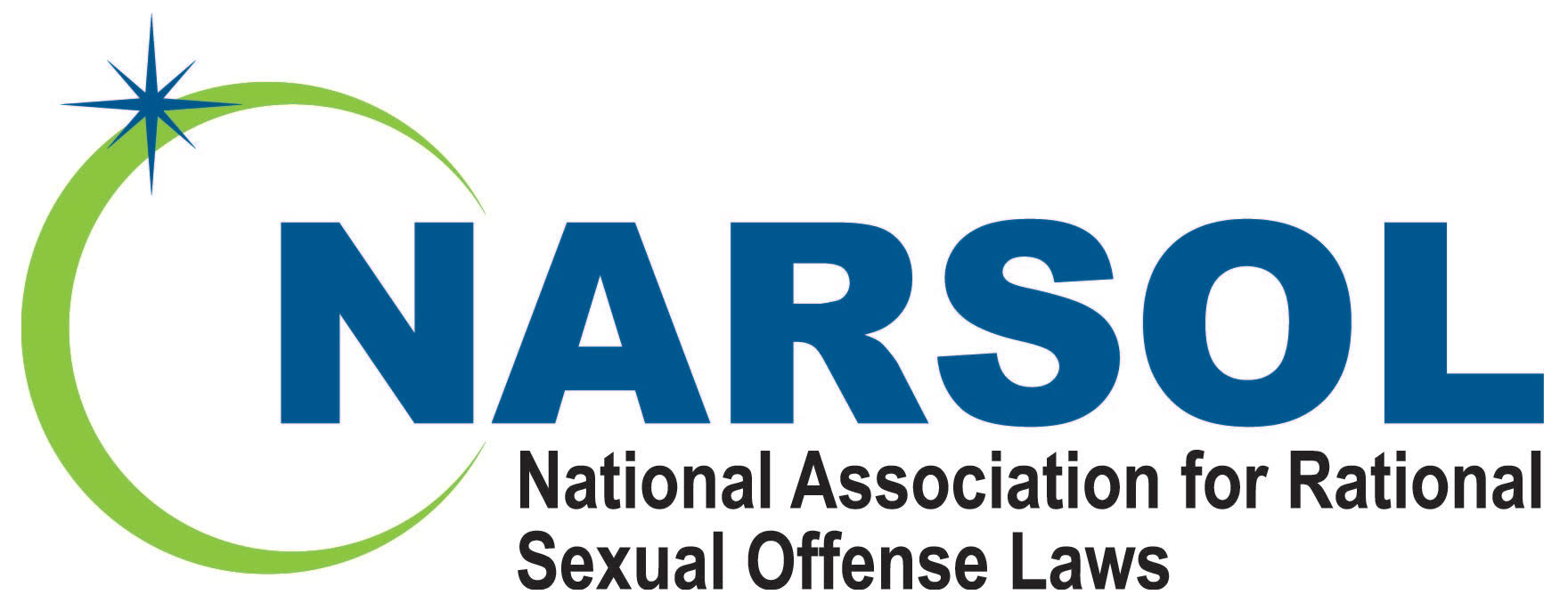Entitled to a jury of your peers–maybe not
“In this era of mass incarceration, in which we already lock up more of our population than any other nation on Earth, it is especially curious that the government feels compelled to invent fake crimes and imprison people for long periods of time for agreeing to participate in them–people who, but for the government’s scheme, might not have ever entered the world of major felonies”. Judge Stephen Reinhardt, U.S. vs Black
By Kathleen . . . At the time of my son Jace’s arrest in a police proactive sex sting, the use of entrapment as a defense in the state of Washington was all but non-existent. I remember, later in my advocacy work, being in a legislative research subcommittee and discussing how entrapment was not allowed. A judge on the committee informed us that entrapment had always been available. While that was technically true, the reality was much more complex.
Entrapment as a defense is not in the constitution or the bill of rights. It came up in the late 1800’s and early 1900’s as a defense against overzealous government agencies and was inoculated through precedence. Some states have codified these ideals into state laws, but the rules and focus of perspective are decided by each jurisdiction.
At its heart, entrapment, as all affirmative defenses, affords defendants a way to argue against culpability for that of which they are accused. Other defenses that fall into this category are temporary insanity, self-defense, and mental incapacity. Early cases, such as Blake and Sorrells, established the basis for entrapment which rely on two facts: a government agent originated the crime and enticed a person to commit said crime AND the person enticed was not predisposed to commit such a crime.
Seems clear and straightforward, but that’s not the hard part.
Before using entrapment, the defense has to convince the presiding judge, at the start of the trial, to be allowed to use the entrapment defense! Without that single judge’s approval, even if the trial is to be decided by jury, a defendant is not allowed to argue entrapment.
When a defense argues for the use of entrapment to the presiding judge, the following caveats apply:
- Evidence is pondered in the light most favorable to the state.
- “Predisposed” to a crime could be construed as taking a substantial step toward committing a crime.
Thus, the bar to clear is exceedingly high to get the presiding judge to allow the entrapment defense.
This practice arguably infringes upon and alters the constitution’s sixth amendment, the right to a trial by a jury of your peers. You can choose to go to trial, but you won’t know if you can even argue a guilty by entrapment defense in front of the jury until the beginning of the trial when the judge decides whether or not you meet the necessary criteria, which is clearly biased toward the state.
Going back to my initial conversation with the judge on the subcommittee–we were both right. The defense could argue for entrapment before the presiding judge but with little possibility of the request being granted. Thus, using the entrapment defense limits the intent of the sixth amendment, which was to allow a citizen to present and defend their truth in front of their peers.
Defense attorneys in Washington State had learned not to even try entrapment. If the entrapment instruction to the jury was not granted, they had to be already prepared with a separate defense! This is a major reason for the prevalence of attorneys pushing pleas in these cases.
Fortunately, in 2022, the Washington Supreme Court lowered the bar for the use of entrapment defenses. In a case similar to Jace’s, Douglas Arbogast’s conviction from a proactive sting was overturned due to being denied the use of entrapment by the ruling judge. The defense had shown a prima facie case of a lack of predisposition–that is, to show that there is even minimal evidence that the defendant was not predisposed to commit the crime charged.
It was this change in the Washington legal system that allowed us to argue entrapment at our second trial, affording Jace his “Not guilty” ruling by a jury of his peers. There are signs that other states and districts are reworking their entrapment requirements across the country, but it will be a slow procedure.
Proactive stings are blatant law enforcement money grabs and a way for prosecutors and judges to climb the professional and political ladder. The hope is that someday soon proactive stings, which harm real children and dismember families, will be exposed to the public as frauds.

